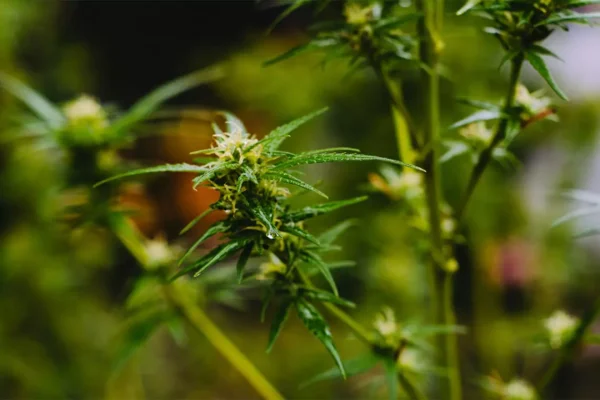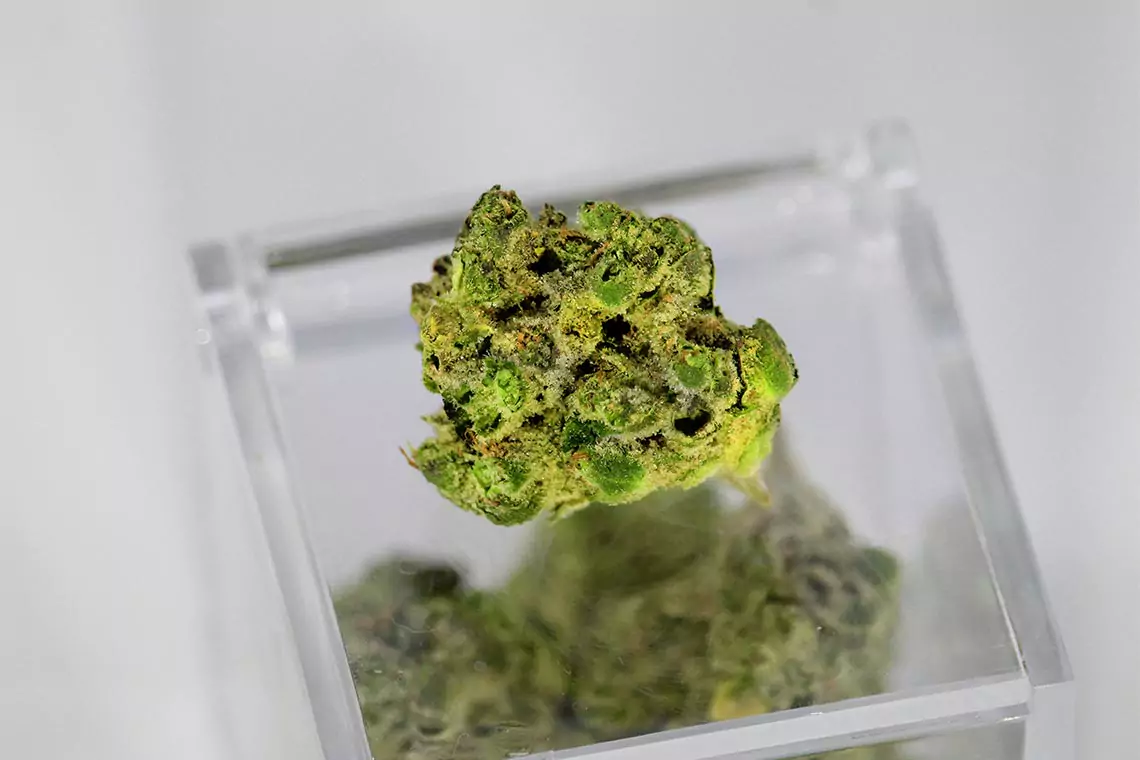Informational
What Are Terpenes?
Terpenes play a big part in the smell and taste of a cannabis strain. They also work together with cannabinoids to produce different effects. But scientists are still figuring out the details of just how helpful terpenes are.
So, what are terpenes, and why should you care about them when buying cannabis? Keep reading to find out what researchers know so far.
Table of Contents:
What Are Terpenes?
Terpenes, or terpenoids, are natural compounds found in all plant species. They’re responsible for the smells, tastes, and even colors of many types of plants. In cannabis, hundreds of terpenes can be found, and these terpenes give different strains their unique aromas and flavors.
Terpenes can also be found in animals and products like cleaning solutions, pesticides, and dyes. Some common terpenes, like camphor and menthol, even have health benefits and are used in practices such as aromatherapy.
You can find terpenes in:
- Cannabis
- Herbs (Sage, Thyme, etc.)
- Citrus Fruits
- And More
Terpenes in cannabis are produced in the trichomes, which are the mushroom-shaped, crystal-like resin glands covering the plant’s flowers and leaves. Terpenes are organic compounds made up of multiple isoprene units. They’re categorized based on their number of isoprene units. In cannabis, terpenes are produced in special cells within tiny hair-like structures called glandular trichomes. These compounds evaporate quickly, giving cannabis its distinctive smell.
What Do Cannabis Terpenes Do?
Terpenes are thought to protect plants from bad weather and predators in nature. However, in humans, terpenes may be responsible for many of the effects associated with cannabis.
For those who recreationally use cannabis, terpenes influence how a certain strain tastes and smells. This assigns a unique experience to each unique type of cannabis for users to enjoy. Many strains are sought after due to their pleasant and exciting aromas and flavor profiles.
Terpenes are not cannabinoids, but terpenes can interact with our endocannabinoid receptors and influence how cannabinoids affect us. This interaction, known as the “entourage effect,” enhances the plant’s therapeutic properties. To utilize cannabis as a potential medicine, choose products with robust, natural terpene profiles. Each cannabis strain has different terpene content, and a diverse profile may offer unique and significant relief.
Do Terpenes Get You High?
Terpenes won’t make you high by themselves, but they can affect how THC makes you feel. The terpene profile of a cannabis strain can influence the type of “high” or psychoactive effect you experience. Like CBD, certain terpenes may alter the effects of THC, potentially enhancing its medicinal benefits by mitigating its mental high.
Different cannabis terpenes can affect your mood, physical state, and sense of relief. For example, the uplifting effect of citrus comes from limonene, known for its stress-reducing properties. Lavender’s relaxing qualities come from linalool, which has sedative properties. Experimenting with different strains and terpene profiles can help you discover what works best for your symptoms.
Most Common Terpenes Found in Cannabis
Scientists have identified dozens of different cannabis terpenes, but only a few are found in high concentrations. The ones found in the highest concentrations have the most effect on how cannabis smells, tastes, and interacts with the human body.
Myrcene
- Potential Benefits – Sedative properties, Motor Relaxation, and Pain Relief.
- Also Found In – Cloves, Lemongrass, Thyme, and Hops.
Limonene
- Potential Benefits – Anti-inflammatory, stress reduction, mood elevation
- Also Found In – Citrus fruits like lemons, limes, and oranges
Humulene
- Potential Benefits – Antibacterial, anti-inflammatory, antitumor
- Also Found in – Hops, ginseng, sage, cloves, basil
Linalool
- Potential Benefits – Sedative, anxiety and depression relief, pain relief
- Also Found In – Lavender, cinnamon, birch, coriander
Pinene
- Potential Benefits – Anti-inflammatory, bronchodilator, gastroprotectant
- Also Found In – Pine needles, rosemary, basil, sage
Beta-Caryophyllene
- Potential Benefits – Interacts with CB2 receptors, antimicrobial, antioxidant, pain relief
- Also Found In – Black pepper, cinnamon, rosemary, oregano, cloves
Ocimene
- Potential Benefits – Anti-inflammatory, pest deterrent
- Also Found In – Mango, hops, basil, bergamot, pepper
Terpinolene
- Potential Benefits – Antioxidant, sedative
- Also Found In – White lilac, nutmeg, tea tree, apples, conifers

Photo by Shane Rounce on Unsplash
How To Get The Most Out Of Terpenes
Want to explore terpenes? Here are some tips:
- Read the label – Some brands list the terpene profiles and concentrations.
- Check for freshness – Terpene levels decrease over time, so look for recently packaged products.
- Natural Oils, Not Synthetic – Some vape oils have synthetic terpenes, which can be harsh. To avoid these, look for products that say they are “whole-plant” products, or ask the dispensary or company you are buying from if they use natural terpenes. Stick with natural terpenes if possible.
- Avoid High Heat – High heat can degrade terpenes. Use a vaporizer at low temperatures, or try edibles.
- Keep a Journal – Track which terpene profiles you try and how they make you feel.
Final Thoughts
Terpenes are critical to a strain’s aroma and flavor and might work with cannabinoids to produce different effects. While research is still in the early stages, terpenes are an exciting way to explore cannabis products and find what works best for you. By experimenting with different strains and their terpene profiles, you can discover how to use terpenes best for your needs.
(Disclaimer reminder: This article is not medical advice. It is based on anecdotal user experience alone. If you are thinking about incorporating cannabis (delta-8 THC, delta-9 THC, CBD, etc) into your medicinal routine, please consult a healthcare professional. Do not stop taking any prescribed medications without first consulting your doctor.)
Disclaimer: This article reflects the laws of the United States at the time it was written. Because cannabis laws in the United States laws are subject to change at any time, please make sure that you are always staying up to date on your federal, state, and local county’s cannabis laws. Additionally, we are NOT encouraging anyone to break the law––we are simply showing people ways to legally and discreetly bring their cannabis products along with them on their travels so that they may have access to those products when they reach their intended destination.


